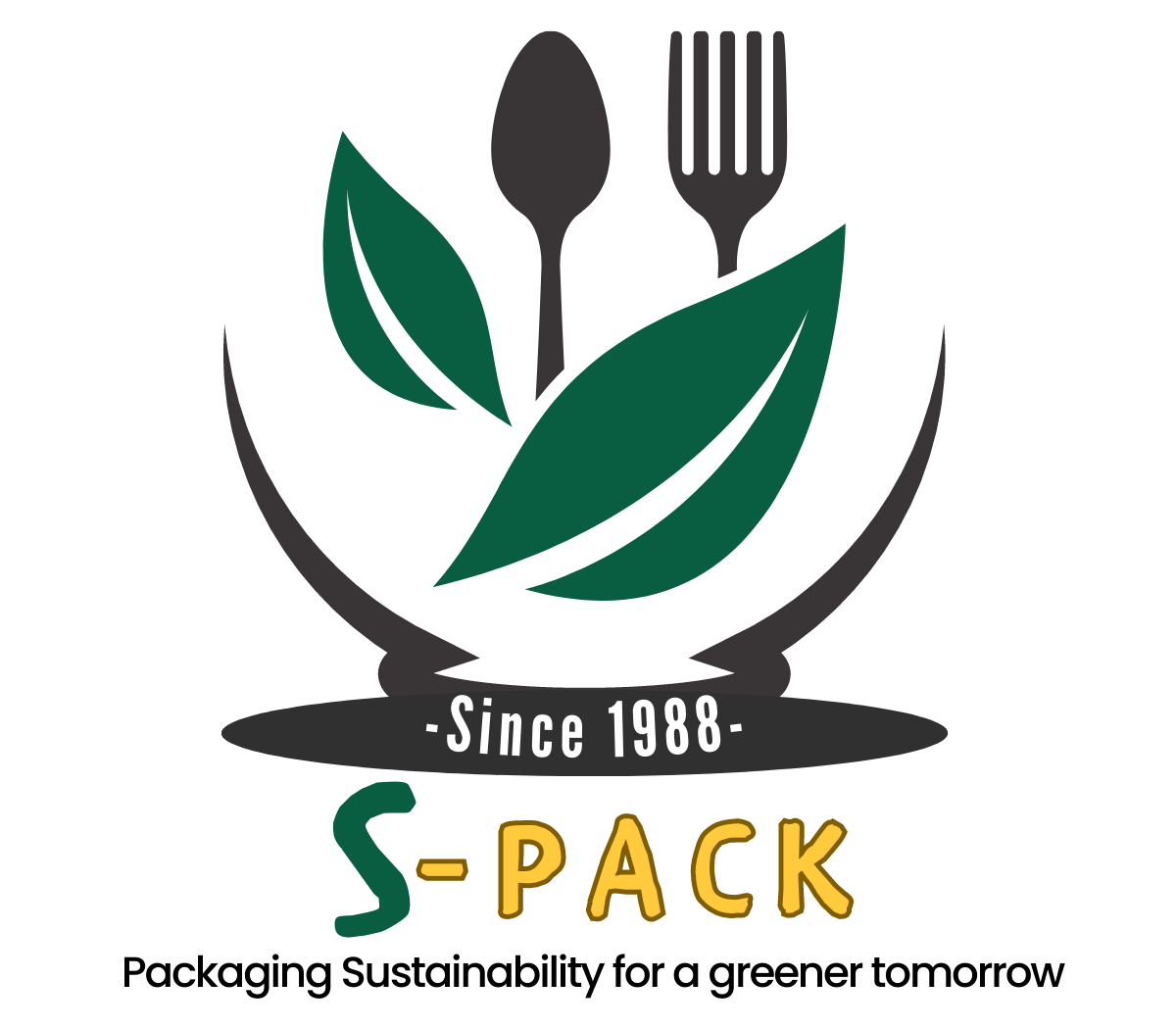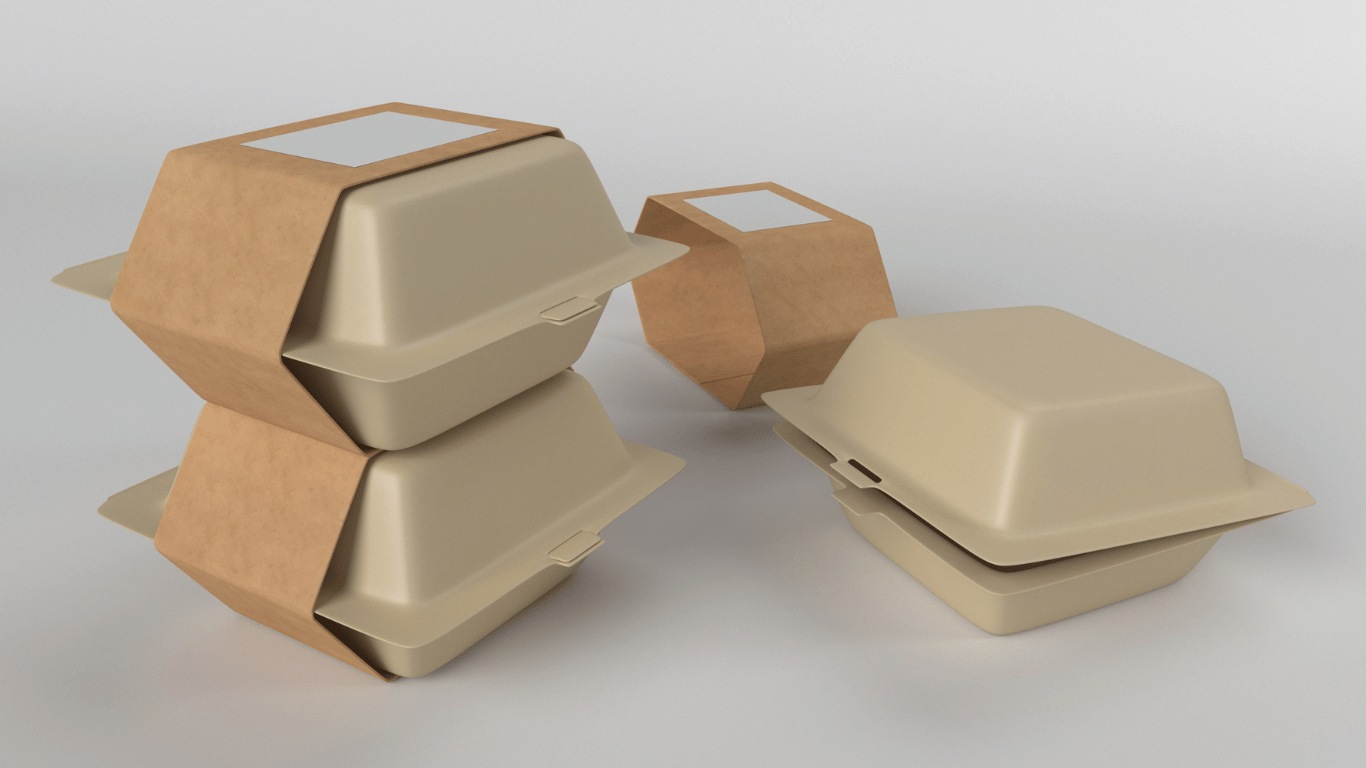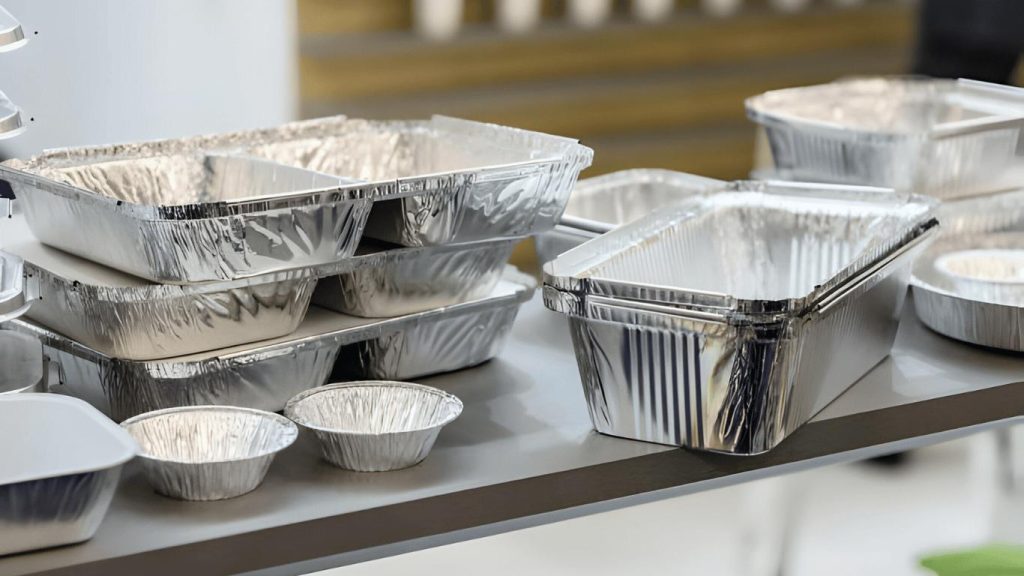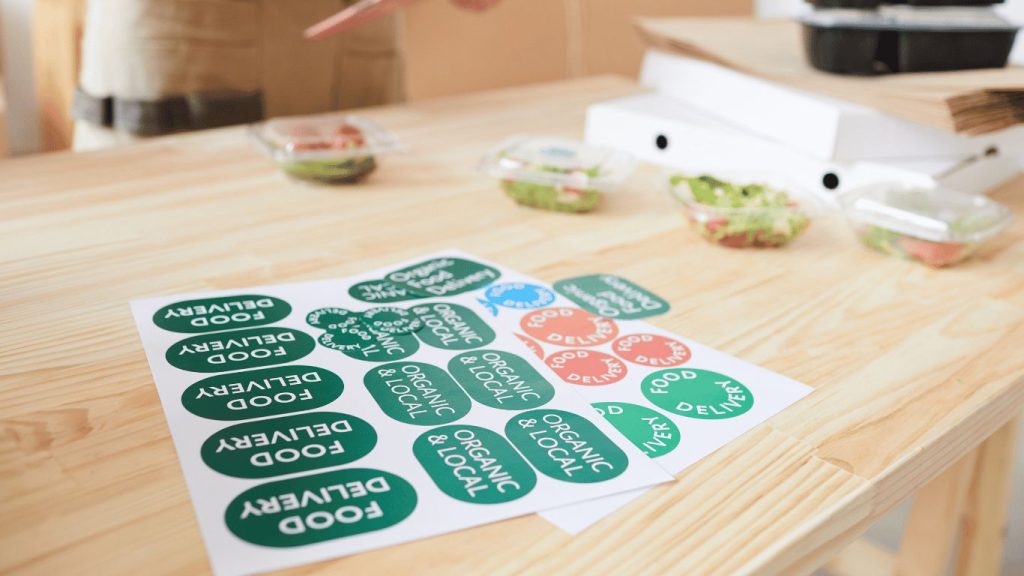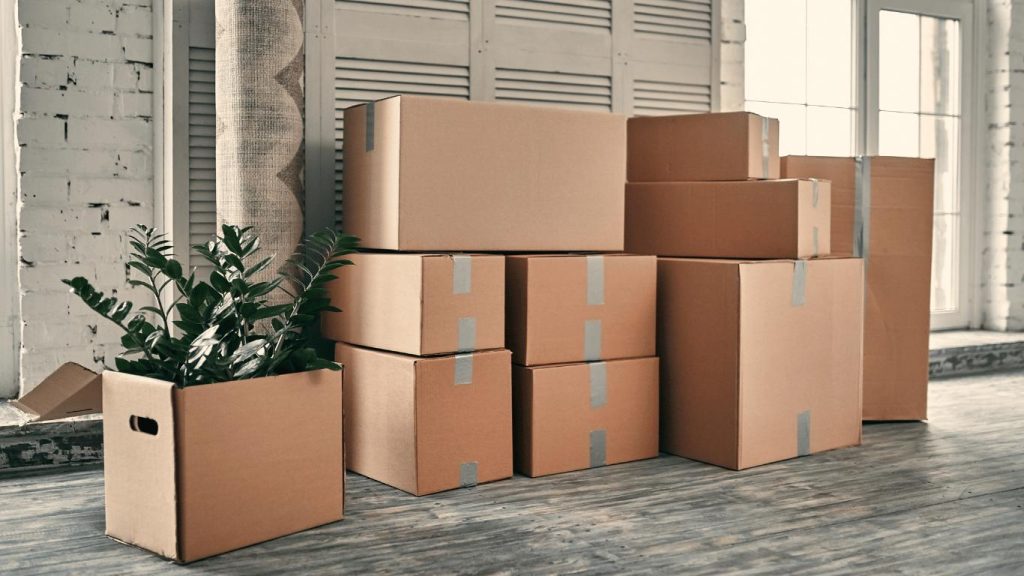In the competitive world of food, donations are critical. Food packaging containers are the silent salesman on the shelf, seducing buyers with enticing images and promises of newness. Beyond aesthetics, food packaging protects your items, ensures safety, and extends shelf life. Choosing the right holders is a critical decision for any food business since it affects everything from functionality to brand image. This comprehensive guide delves into the most critical factors to consider when choosing food packaging containers for your business.
Understanding Your Product
The foundation of good packaging selection is a deep grasp of your product. Here are some important factors to consider:
- Food Type: Container qualities vary depending on whether the food is solid, liquid, or semiliquid. Liquids require leak-proof seals, and hot or fatty foods may require heat-resistant materials. Consider the portion size and temperature control requirements.
- Shelf Life: Packaging must remain fresh during its intended shelf life. Breathable containers may be appropriate for short-term vegetables, whilst airtight containers are great for storing shelf-stable snacks.
- Handling and Storage: Determine the container’s ability to resist transit and storage conditions. Stackable containers save space, while durable materials limit damage hazards.
Common Food Packaging Options
Food packaging containers exist in a variety of materials, each with its own set of benefits and cons. Let’s look at some popular options:
- Plastics: A versatile and cost-effective solution with a wide range of weights, sizes, and functions. However, some plastics cause environmental concerns and may leak toxins into food. Look for BPA-free products and recyclable materials such as HDPE (#2), LDPE (#4), and PP (#5).
- Glass: Glass, which is non-reactive and suitable for attractively displaying food, is an excellent choice for jams, sauces, and beverages. However, glass is heavier and more prone to breaking, which affects transportation costs and safety.
- Metal: Metal containers, known for their durability and heat conductivity, are ideal for canned and baked foods. Aluminum and stainless steel are common materials, but metals can dent and some variations rust over time.
- Paper: Paperboard containers, which are both environmentally benign and inexpensive, are ideal for dry foods such as cereals and snacks. However, paper has weak moisture resistance and is not suitable for liquid or oily foods.
- Biodegradable Materials: Sustainable solutions such as bagasse (produced from sugarcane pulp) and bamboo are becoming increasingly popular in environmentally aware packaging. These materials are frequently compostable, however they may be more expensive and less readily available.
Functionality and Features
Beyond material selection, consider the functionality your containers must provide:
- Sealing: Leak-proof seals are essential for liquids and help to keep many foods fresh. Tamper-evident seals are an option for increased security.
- Temperature Control: Insulated containers may keep foods hot or cold for on-the-go consumption, while microwave-safe materials allow for easy reheating.
- Portion Control: Pre-portioned containers decrease waste while providing convenience to consumers. Consider using single-serve snacks or multi-compartment trays for whole meals.
- Resealability: Resealable containers enable for many uses and extend the shelf life of products such as cheese and deli meats.
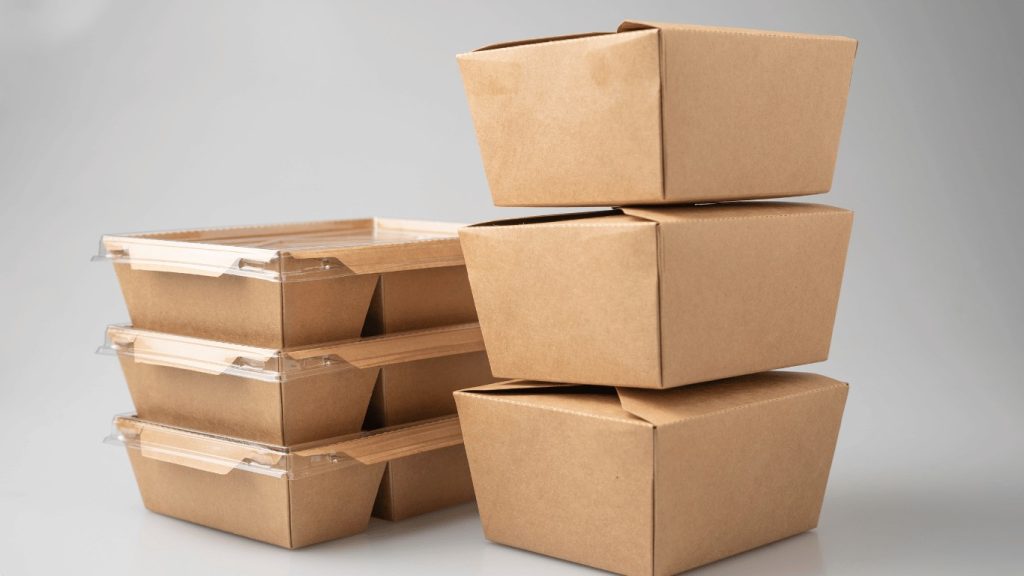
Building Your Brand
Food packaging is a valuable marketing tool. Consider how the container design can:
- Reflect Your Brand Identity: Colors, fonts, and images should be consistent with your brand image. A simple design may complement a high-end product, whereas vivid colors can draw attention to a whimsical brand.
- Highlight Your Product: Customers can see the food through clear windows or transparent materials, which increases the incentive to purchase.
- Communicate Information: Labels should clearly state the ingredients, nutritional information, and any applicable warnings or allergens.
Making Eco-Friendly Choices
Packaging’s environmental impact is becoming increasingly important. Here are some recommendations for sustainable packaging options:
- Minimize Material Use: Choose containers that suit your product tightly, reducing packaging waste.
- Choose Recyclable Materials: Choose containers made of recyclable materials such as plastic, glass, or metal, and make sure the packaging has clear recycling symbols.
- Explore Biodegradable Options: Compostable materials such as bagasse or bamboo provide a sustainable option, but availability and cost may be concerns.
Read also: Top Facts About the Use of Paper Bags in the Food Industry
Budgeting for Food Packaging Containers
Packaging expenses can have a big influence on your organization. How to Make Informed Financial Decisions:
- Compare Prices: Get prices from many providers, taking into account bulk discounts for large purchases.
- Evaluate Long-Term Costs: Think beyond the initial purchasing price. Consider the possibility for waste reduction with resealable choices or the risk of breakage with glass containers.
- Negotiate with Suppliers: Negotiate pricing and look into prospective partnerships with package makers, particularly for large orders.
Conclusion
Choosing the appropriate food packaging containers is a strategic decision that affects your product’s visibility, protection, and overall success. Consider the considerations indicated in this guide to make informed decisions that are consistent with your brand identity, budget, and environmental responsibilities. Remember that ideal packaging is a combination of usefulness, beauty, and responsible practices. Invest in packaging that not only preserves your product, but also serves as a quiet brand ambassador, attracting customers and moving your food business ahead.
